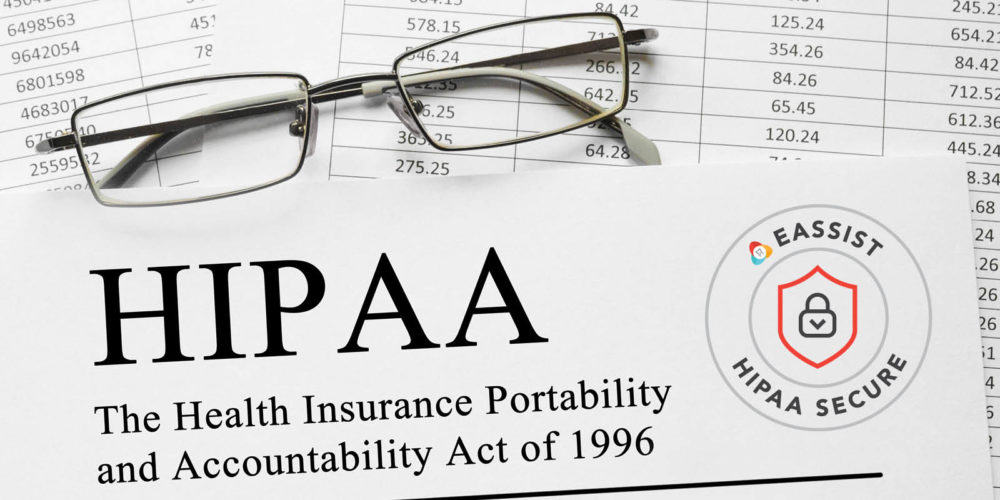Can Amalgam Poison Patients?
The tears roll down the cheeks of a young girl as she sits in your dental chair. She’s trembling and you can tell she’s anxious. It’s not uncommon for patients to be fearful or anxious as they visit your practice. These reactions although, are usually from patients that are about to experience invasive procedures and they are anticipating the pain associated to these procedures. The young girl currently in your chair however, is merely receiving a filling. You try and reassure her that it’s a relatively painless process and that she doesn’t need to be worry. That’s when she informs you that she’s not worried about the pain, she’s worried about mercury poisoning.
It’s become clear that she has read an article or two on dental amalgam. Dental amalgam or “silver filling” contain approximately 50% mercury and this has her worried. When a patient has a procedure done with amalgam they are exposed to that mercury. The exposure to mercury occurs as soon as a dentist place the amalgam in a tooth. Continuous exposure may occur throughout the lifecycle of the amalgam through activities like brushing your teeth, chewing gum, and even eating.
Although it seems unlikely that she, or any patient would be poisoned by amalgam, the possibility still exists. In the case that a patient does have mercury poisoning, it’s important to know the symptoms and early warning signs. Early warning signs of mercury poisoning include physical tremors, numbness, and depression. It’s also common to experience dyspnea, impaired motor skills, and a metallic taste in their mouth. High or extended exposure to mercury can lead to neurological damage such as paralysis, ADHD and developmental issues in children. However, it’s not necessarily even the impact on the patient’s health that has her so worried. It’s the environmental impact of mercury that has her worried as well. She’s worried that the amalgam production and disposal will also expose hundreds of other people, including you, her dentist, to mercury’s toxicity.
You spend the time patiently discussing with her that mercury is found in more things than just dental filling. You express to her all of the safe practices that are in place to prevent mercury exposure and poisoning but she’s still not completely comfortable with the idea of amalgam. She suggests to you that your practice become a “mercury-free” practice. She may have crossed a line with a suggestion like this but with more research you realize it’s not a terrible idea because your current state doesn’t have a mercury-free practice. Currently, there are no “mercury-free” practices in Utah, Idaho, Wyoming, Rhode Island, or South Dakota (1).
Even though there is such a small chance that a patient would get mercury poising from a filling, there is always the possibility. Maybe you want to completely eliminate the possibility of mercury poisoning among, you, your staff, and your patients. Maybe you’re already an environmentally conscious person. Or maybe you see a way to distinguish your practice from others in in your area. Whatever the reason is, it’s worth at least exploring the possibility of becoming a mercury-free dental practice.
Sources:
-
http://www.toxicteeth.org/dentistsDoctorsProducts.aspx
-
https://www.betterhealth.vic.gov.au/health/healthyliving/mercury-exposure-and-poisoning#lp-h-4


0 Comments